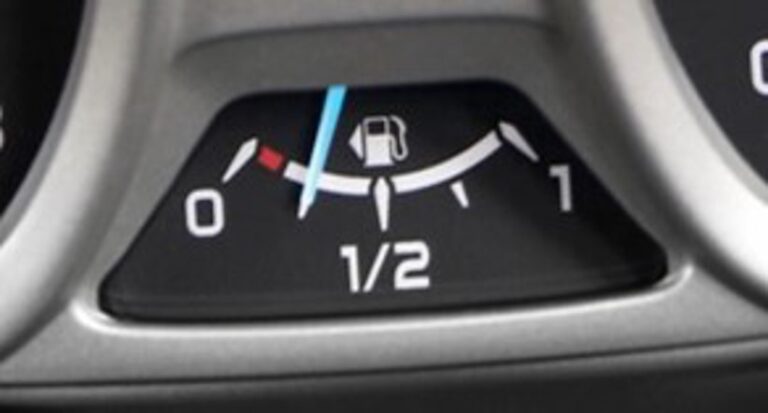– By Brodie von Berg, Managing Director Middle East and Australasia, MiX Telematics –
Fuel continues to be the number one fleet operating cost, with the average retail price of both petroleum and diesel in Australia about 10 per cent higher in 2017 compared to 2016 prices*. Rising and unpredictable fuel costs means the need for fleet managers to find new and improved ways to reduce fuel consumption is greater than ever. Here are some practical tips that can help:
- Actively coach driver behaviour while they are in the vehicle. It’s well known that driving behaviours such as speeding, excessive idling, harsh braking and sudden acceleration burn more fuel and directly impact litres per 100 kilometres. Virtually every fleet manager has advised drivers to avoid these behaviors, and many have even hosted classroom-style training. Fewer, however, are taking advantage of technology that lets them monitor drivers on the road.
Fleet management software and onboard computers (OBCs) make it possible to automatically monitor for unsafe or fuel-wasting behaviours, and alert the driver and managers when an event occurs. Software can be configured to audibly alert drivers when they trigger an event (e.g., speed approaches or passes the posted speed limit) so the driver can immediately self-correct the behavior. Managers can then track warnings and events and use the data to further coach drivers. Better yet, data can be used to reward safe driving: MiX Telematics customers have found that rewards are more effective than penalties (such as fines) when it comes to incentivising safe and fuel-efficient driving.
Fleets that use this approach have reported fuel consumption reductions of 10-15 per cent, which could add up to hundreds of thousands of dollars a year for a very large fleet.
- Implement an idling policy, and then monitor idling time. One hour of idling can consume almost four litres of fuel for a heavy-duty vehicle, and two litres for a light-duty one. If your fleet has hundreds of vehicles and they each idle for an hour a day, that’s hundreds of litres (and thousands of dollars) a day in wasted fuel. Excessive idling also puts additional hours on engines, leading to more wear and tear and higher maintenance costs. Fleet managers should implement a policy, and then actively monitor it via their fleet’s OBCs, which can be configured to collect engine data. While many fleets set an idle limit of five minutes, in some industries, such as Oil & Gas, drivers use their vehicle as their safe haven. In these situations, companies may need to adjust their idling policies to account for the need for heat or air conditioning for drivers at rest.
- Set and monitor high-end speed limits for highways consistent with maximum fuel economy for the vehicle. Vehicle and engine manufacturers can provide recommendations for optimising speed and fuel economy. The Bureau of Infrastructure, Transport and Regional Economics, for instance, provides a guide with advice such, as every 8km/h more speed could reduce fuel economy by 7 to 8 per cent.
Fleet managers can implement governing systems that allow them to limit an engine’s speed, or utilise fleet management software to monitor for speed and warn drivers when they are approaching or have surpassed a local speed limit or a company-defined top speed limit. Monitoring enables managers to track trends, coach drivers as needed, and reward good driver practices.
- Monitor for excessive engine RPMs. Excessive RPMs are hard on engines, waste fuel and can limit a driver’s ability to control the vehicle. Monitor for this behaviour and use in-cab audible feedback for drivers to reduce it. Managers can also use the data to coach drivers on gear-shifting strategies.
- Create incentive plans around driver-controllable metrics to reward drivers’ efforts to improve fuel economy. Gamification can be a great motivator: we’ve seen fleets hold contests among drivers to see who can exhibit the safest and most economically sound driving behavior. Set measurable goals, such as a five per cent reduction in fuel consumption or a 10 per cent increase in litres per hundred kilometres over a six-month period. Share the rewards of these campaigns in the form of prizes or bonuses.
- Monitor for fuel shrinkage or theft. On average, commercial fleets report 1-4 per cent in fuel shrinkage each month. Fleets should actively monitor fuel levels by configuring fleet management software to transmit fuel level information directly to fleet managers. This data can help identify discrepancies in fuel levels that may indicate theft or out-of-route driving kilometres.
If your fleet is looking to update its in-cab technology, be sure the system you select can support monitoring the factors above. A solution that can do all of this may have a slightly higher up-front cost, but fleets quickly make up in the difference in the form of lower fuel costs, in addition to all of the benefits (monetary and otherwise) that accrue from improving the safety profile of your fleet – most importantly, reducing crashes, which saves lives.
*Australian Institute of Petroleum Annual Retail Price Data.







